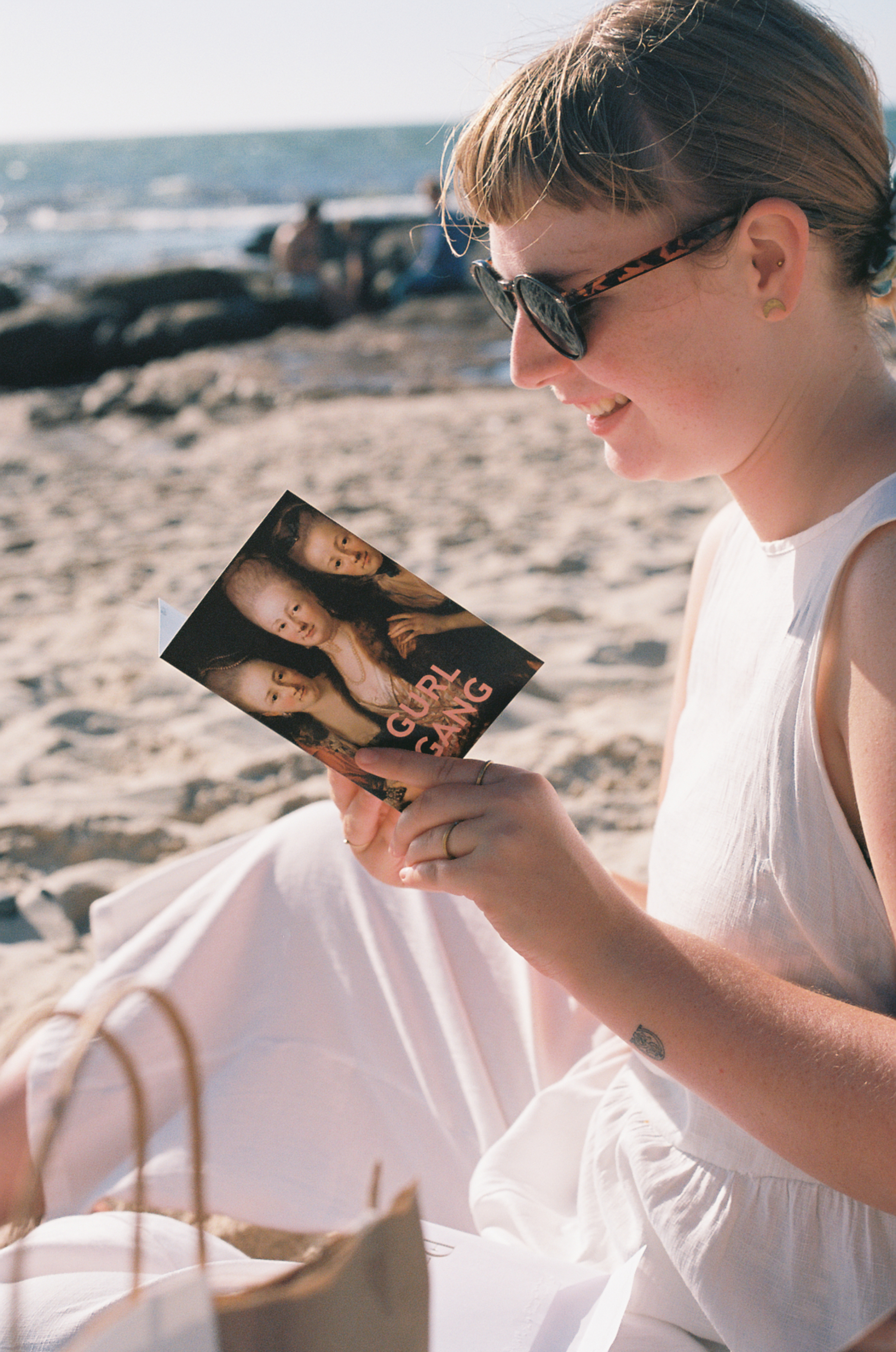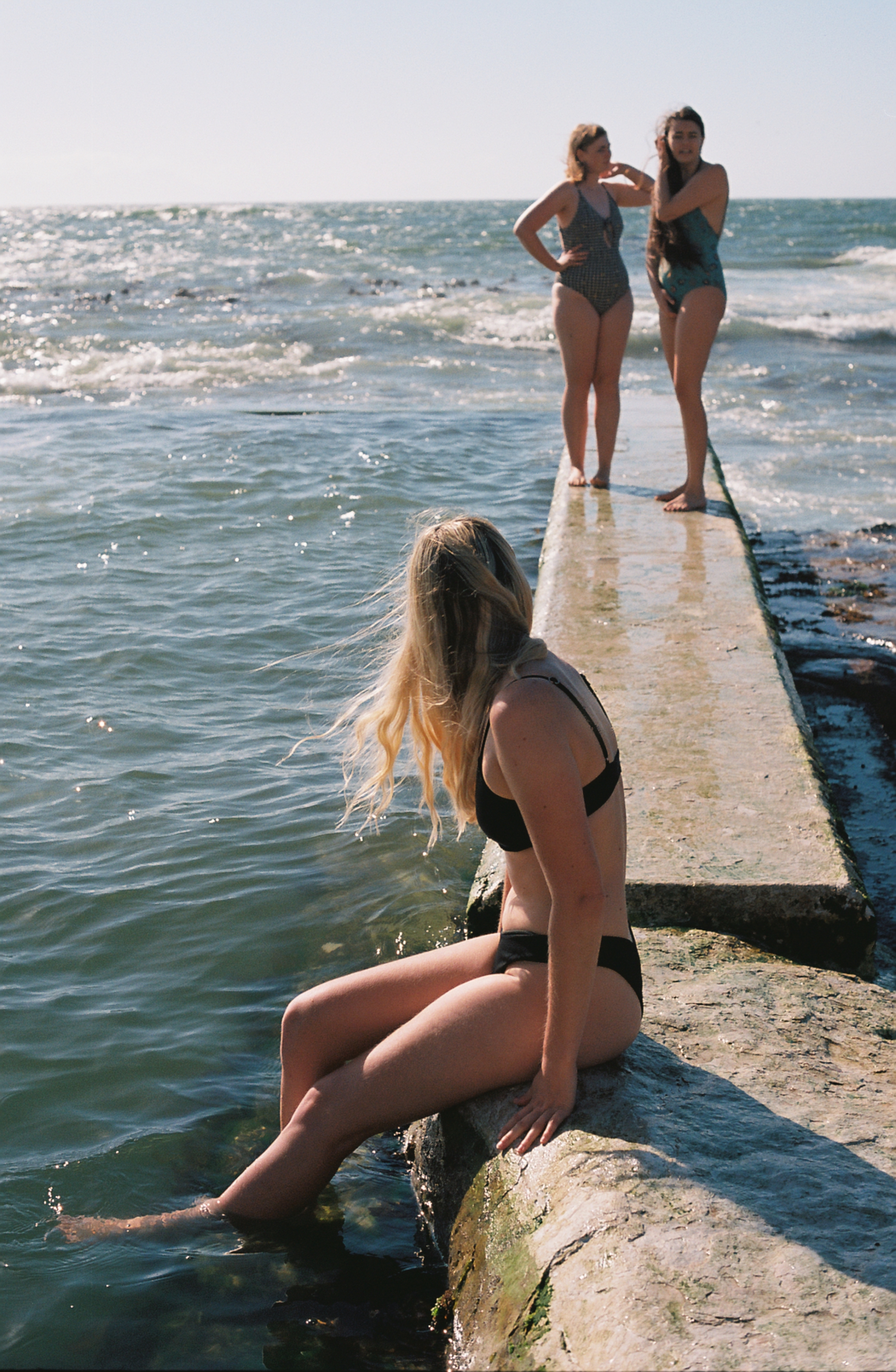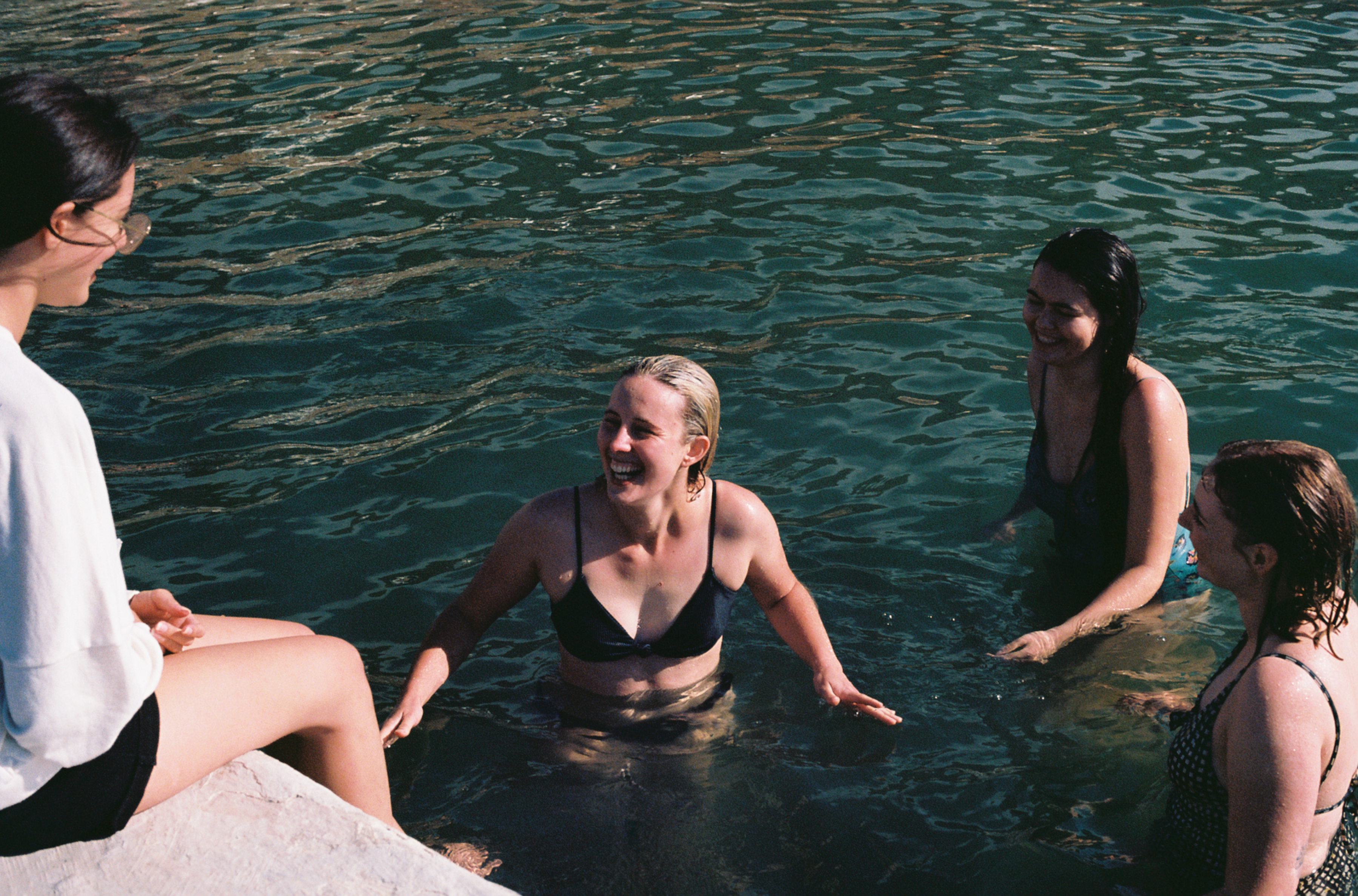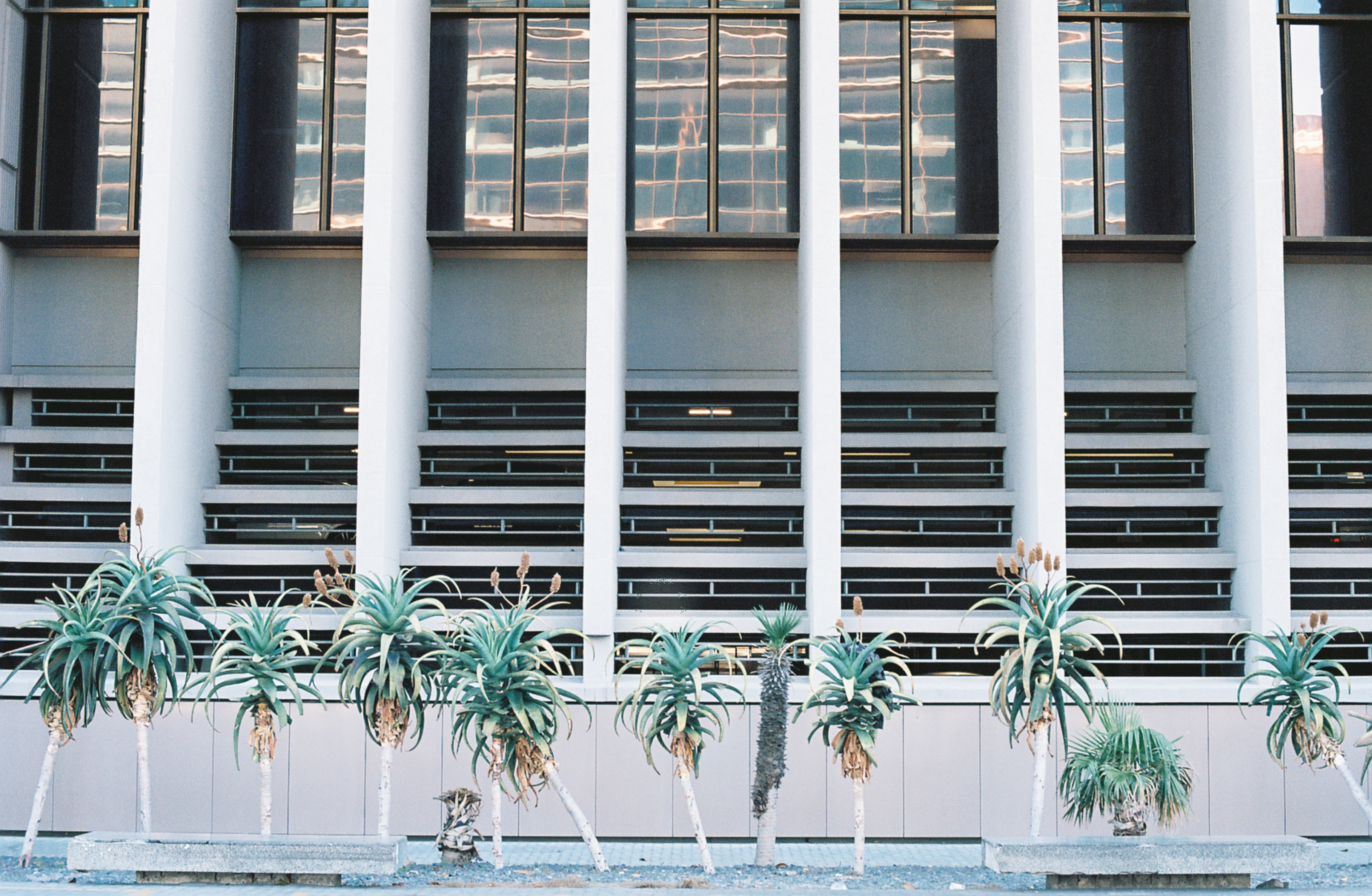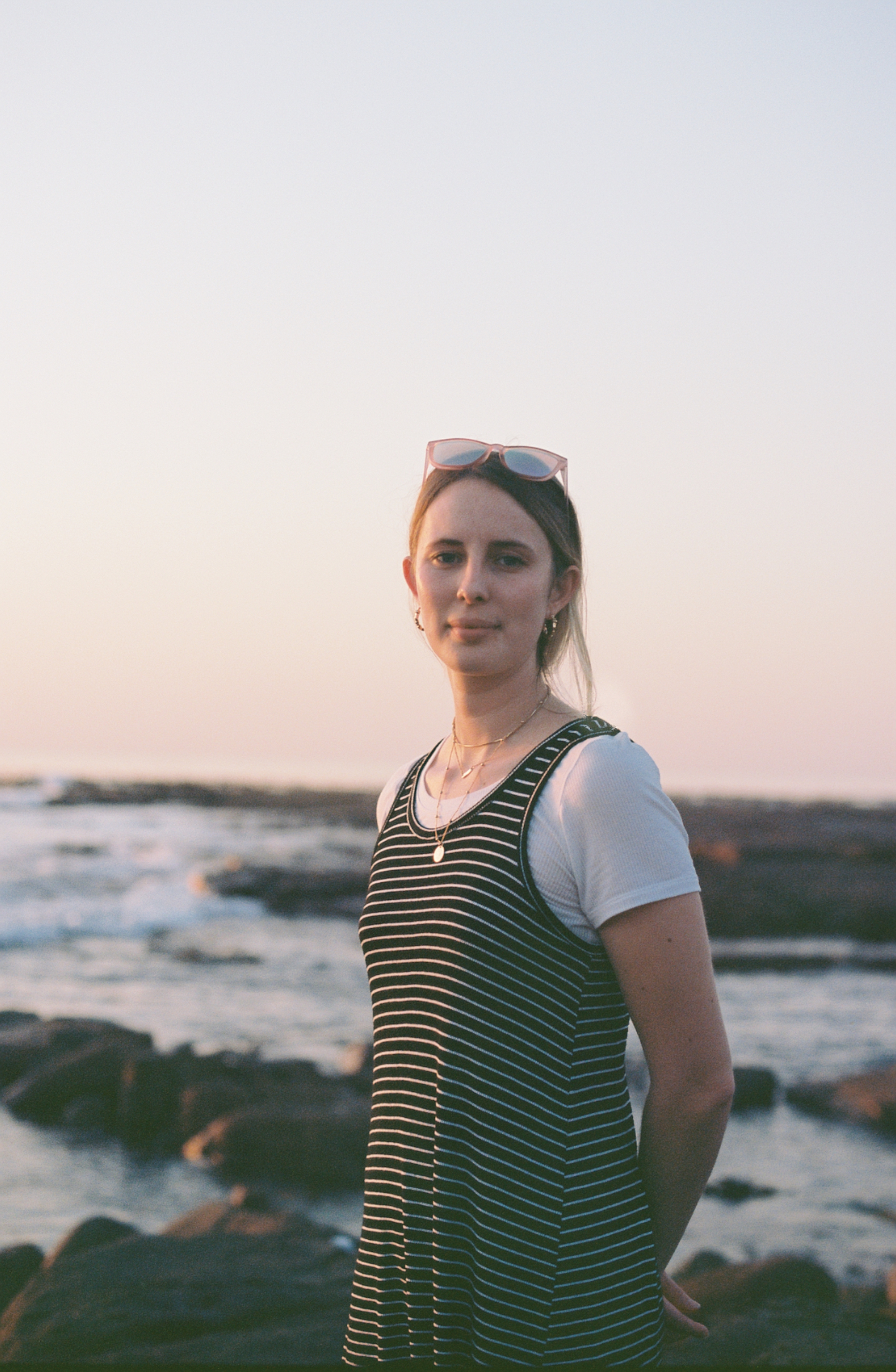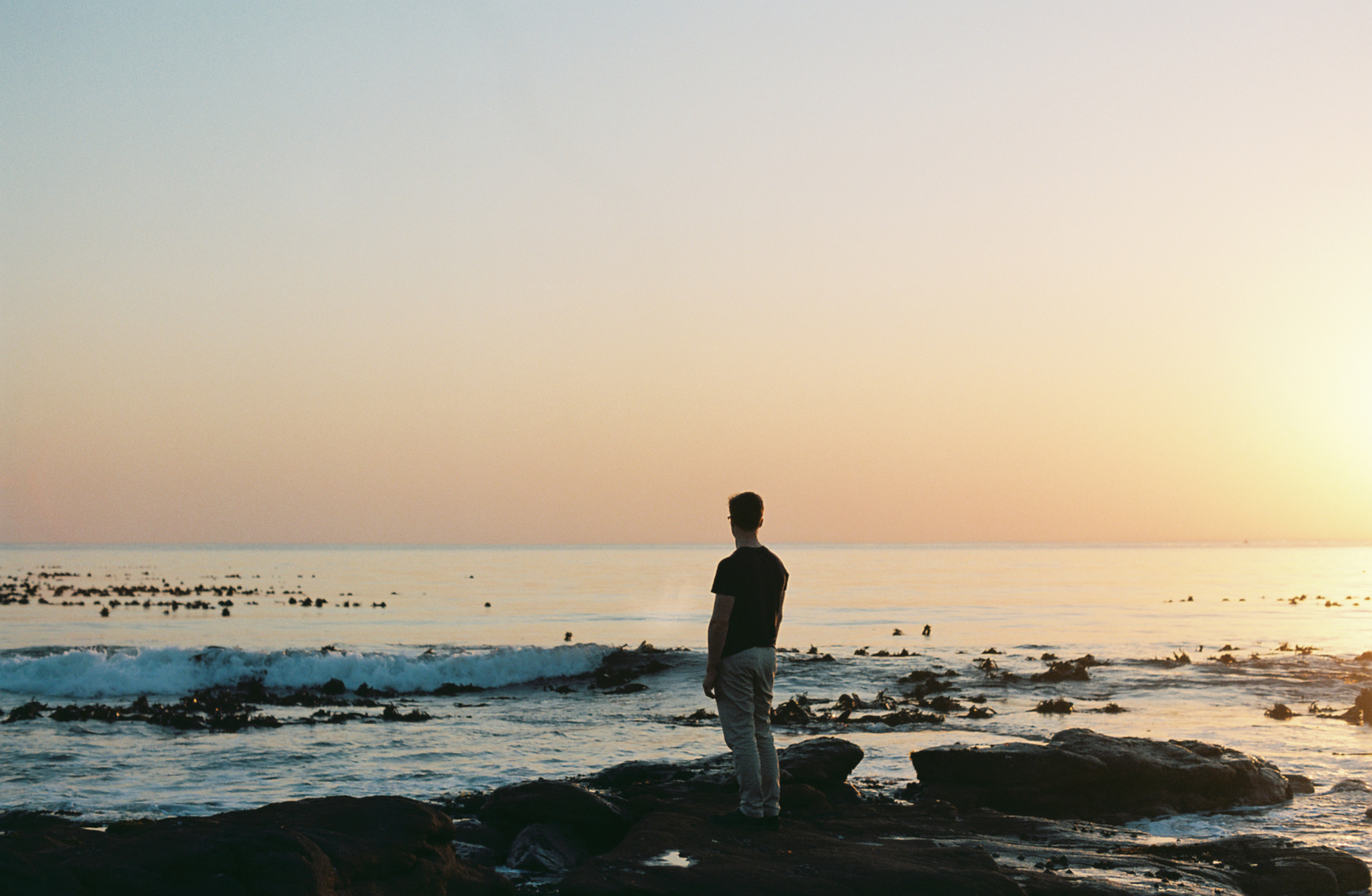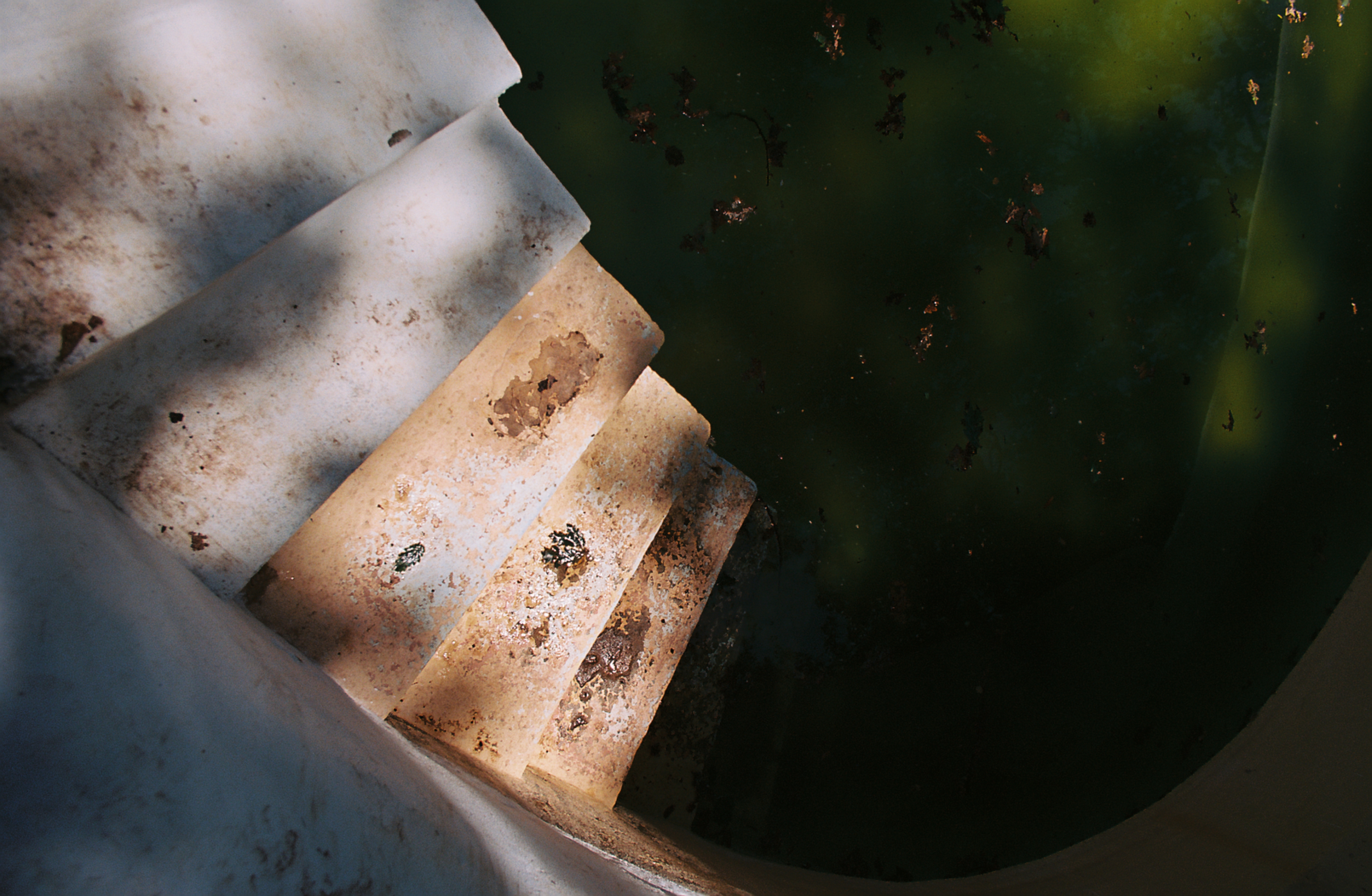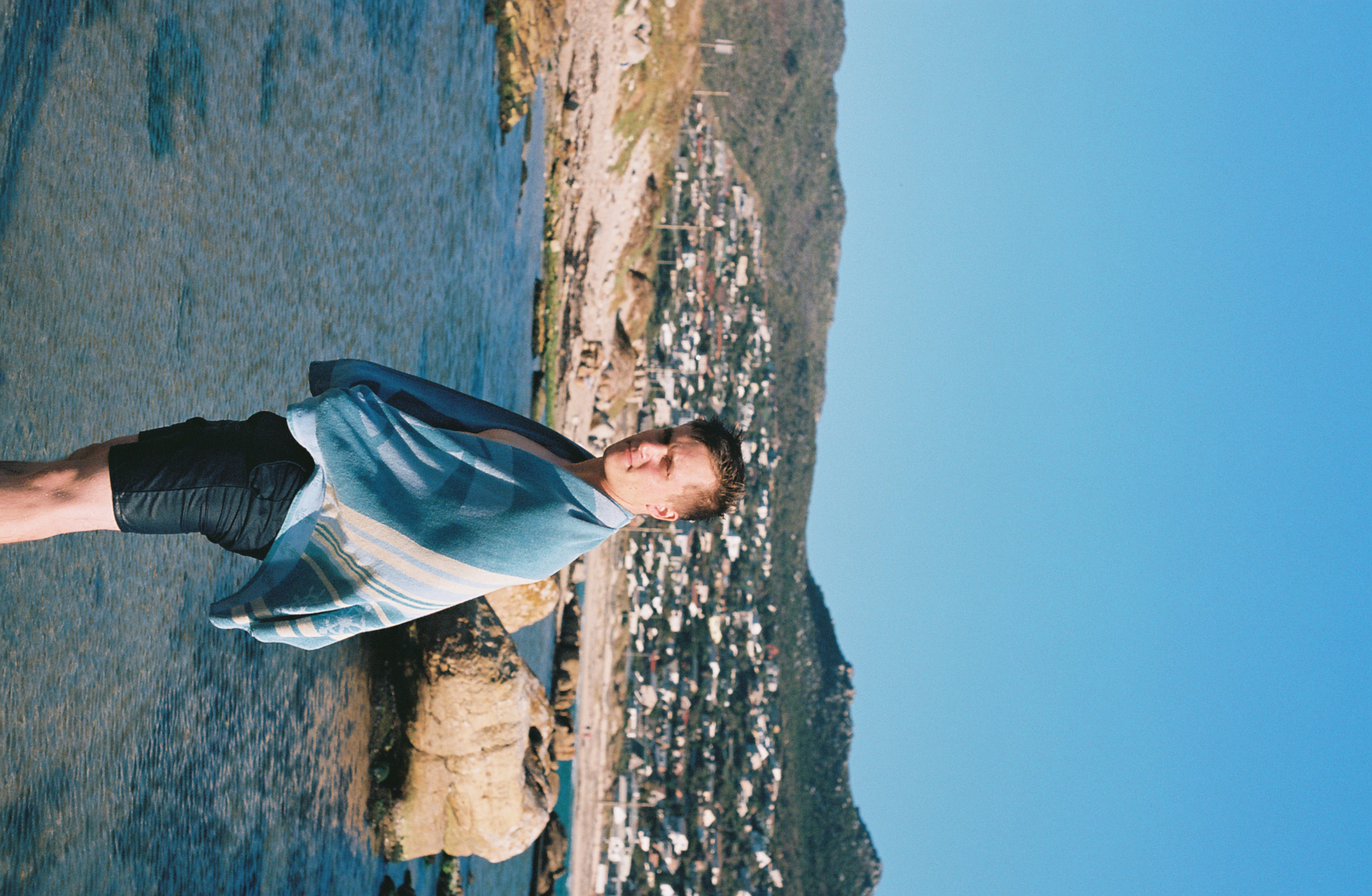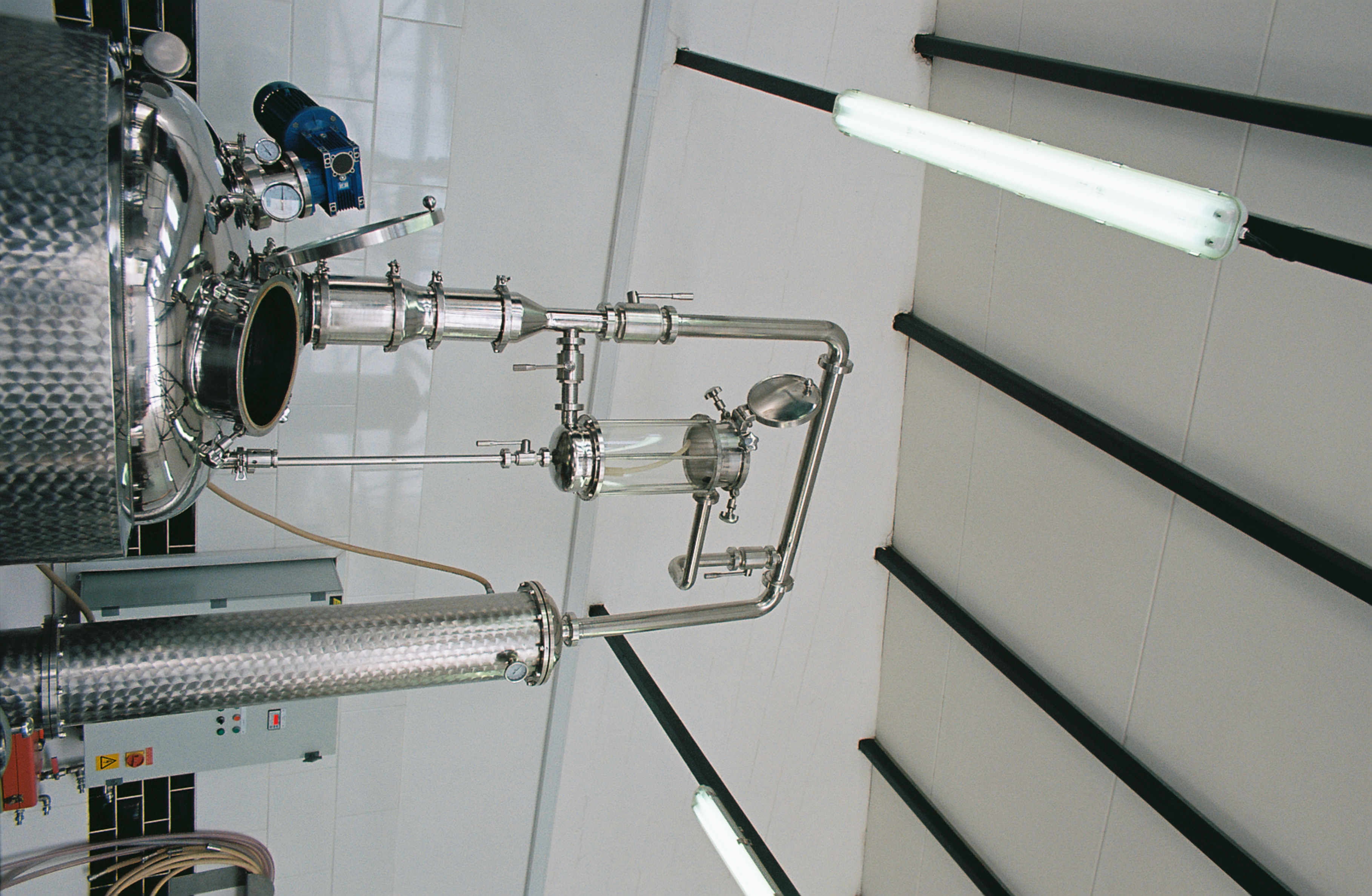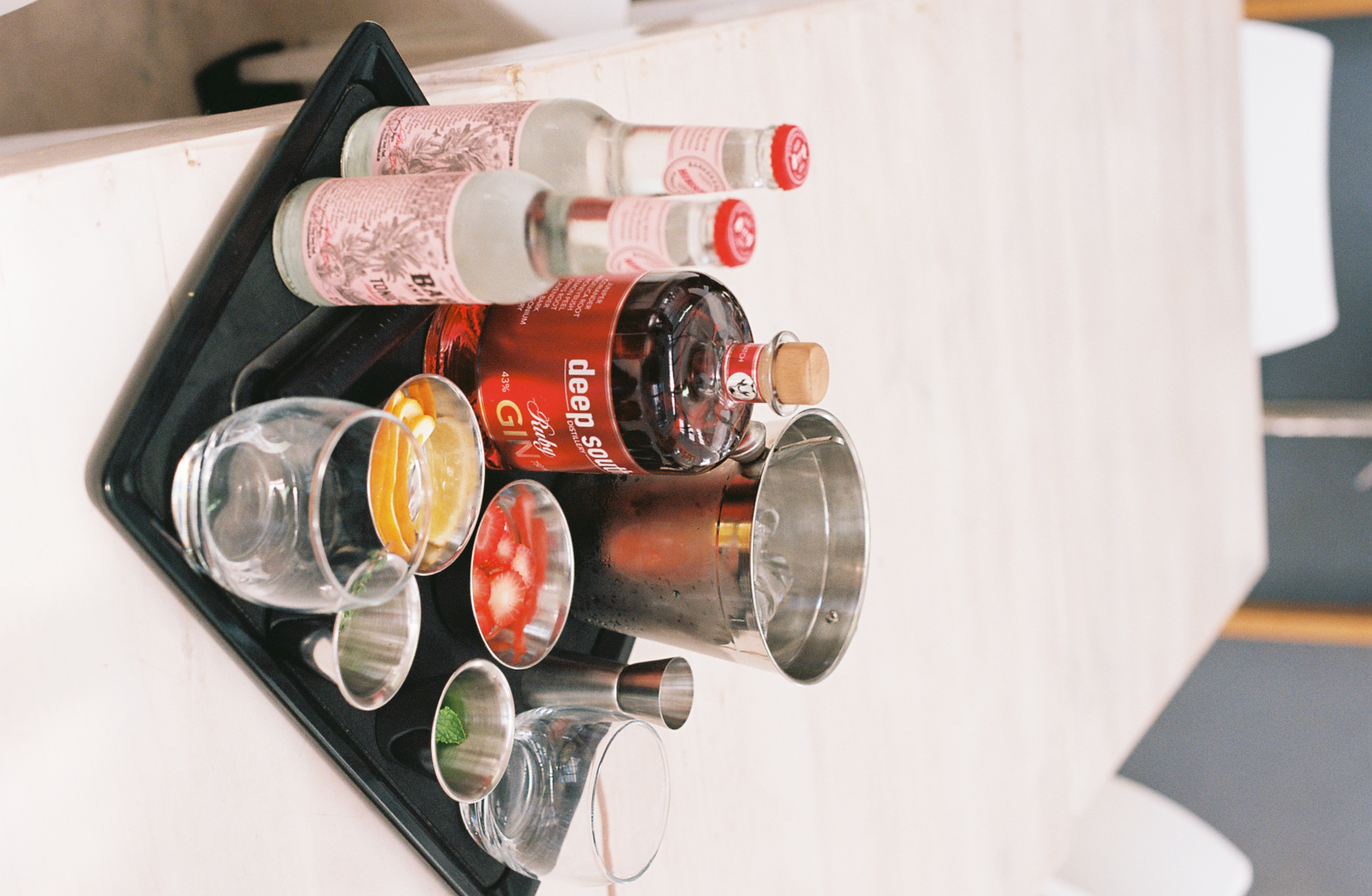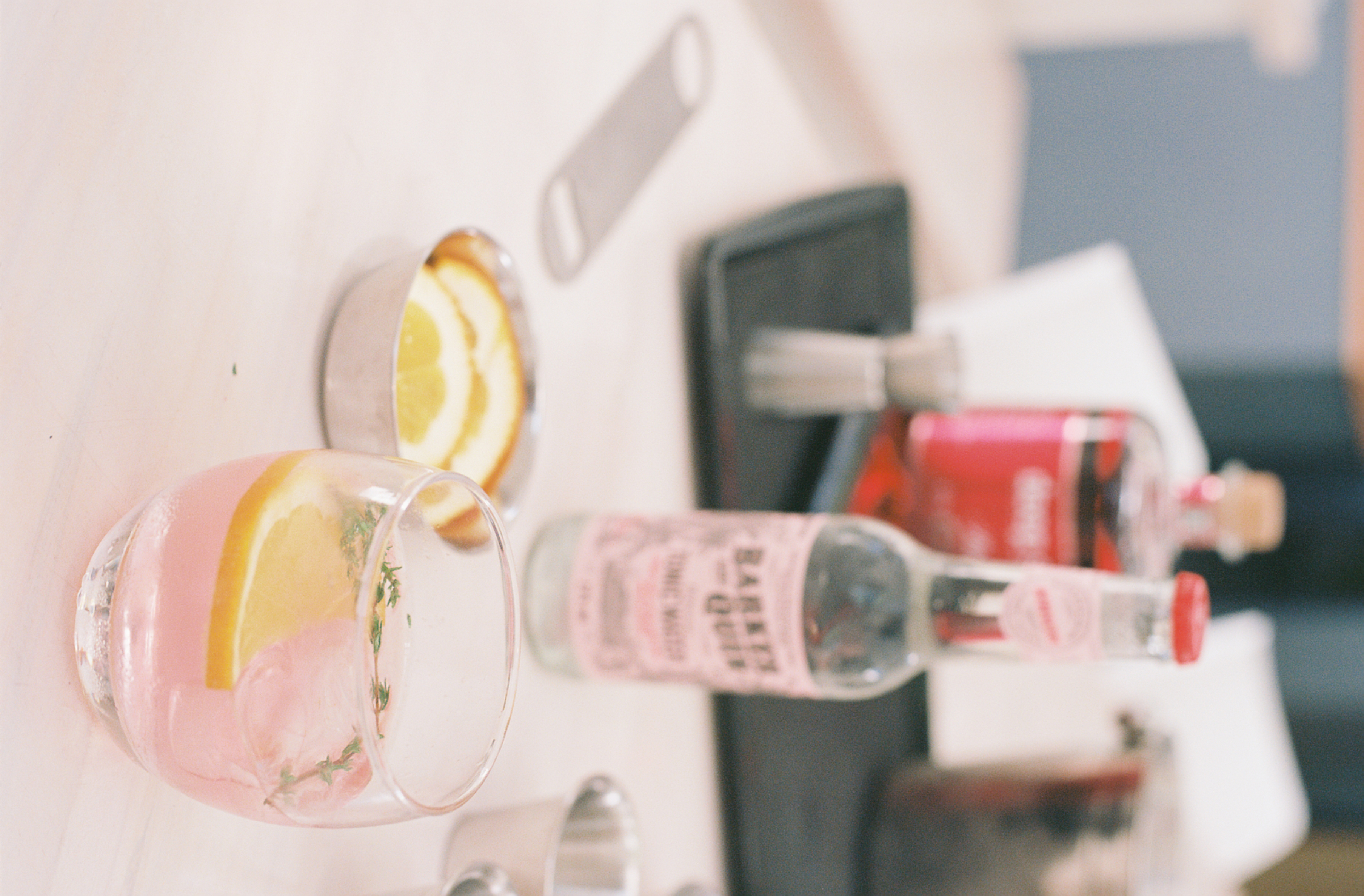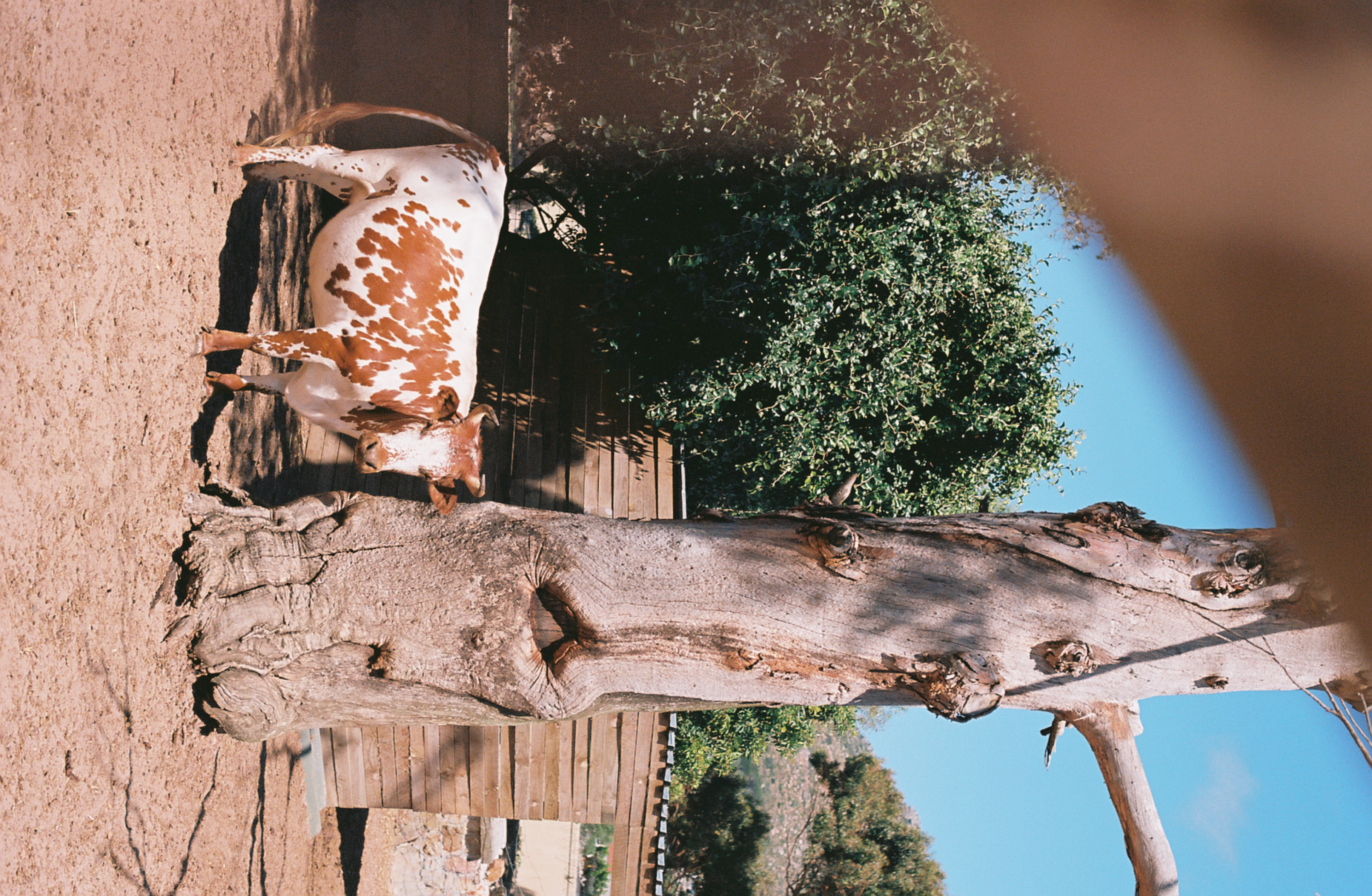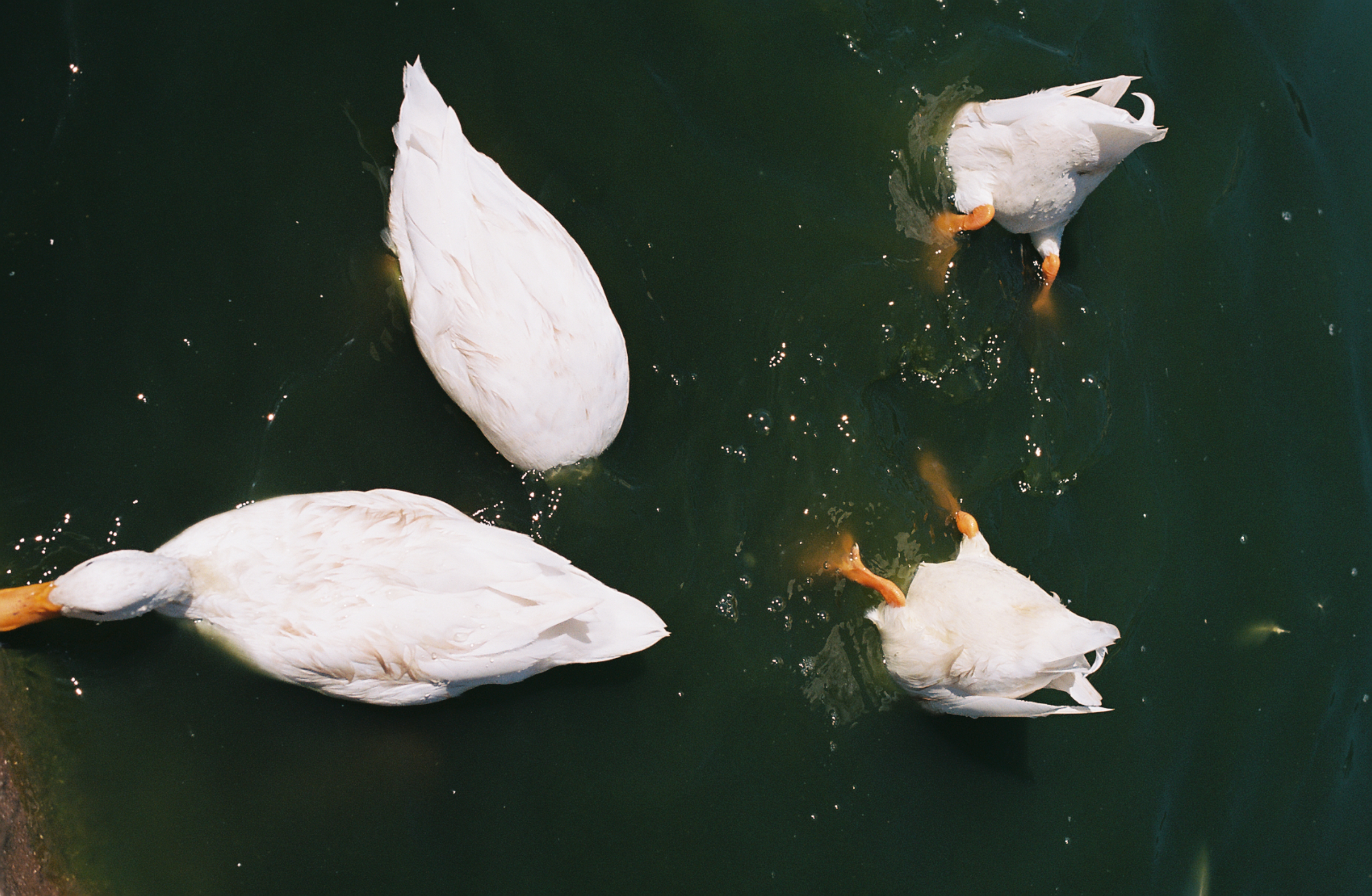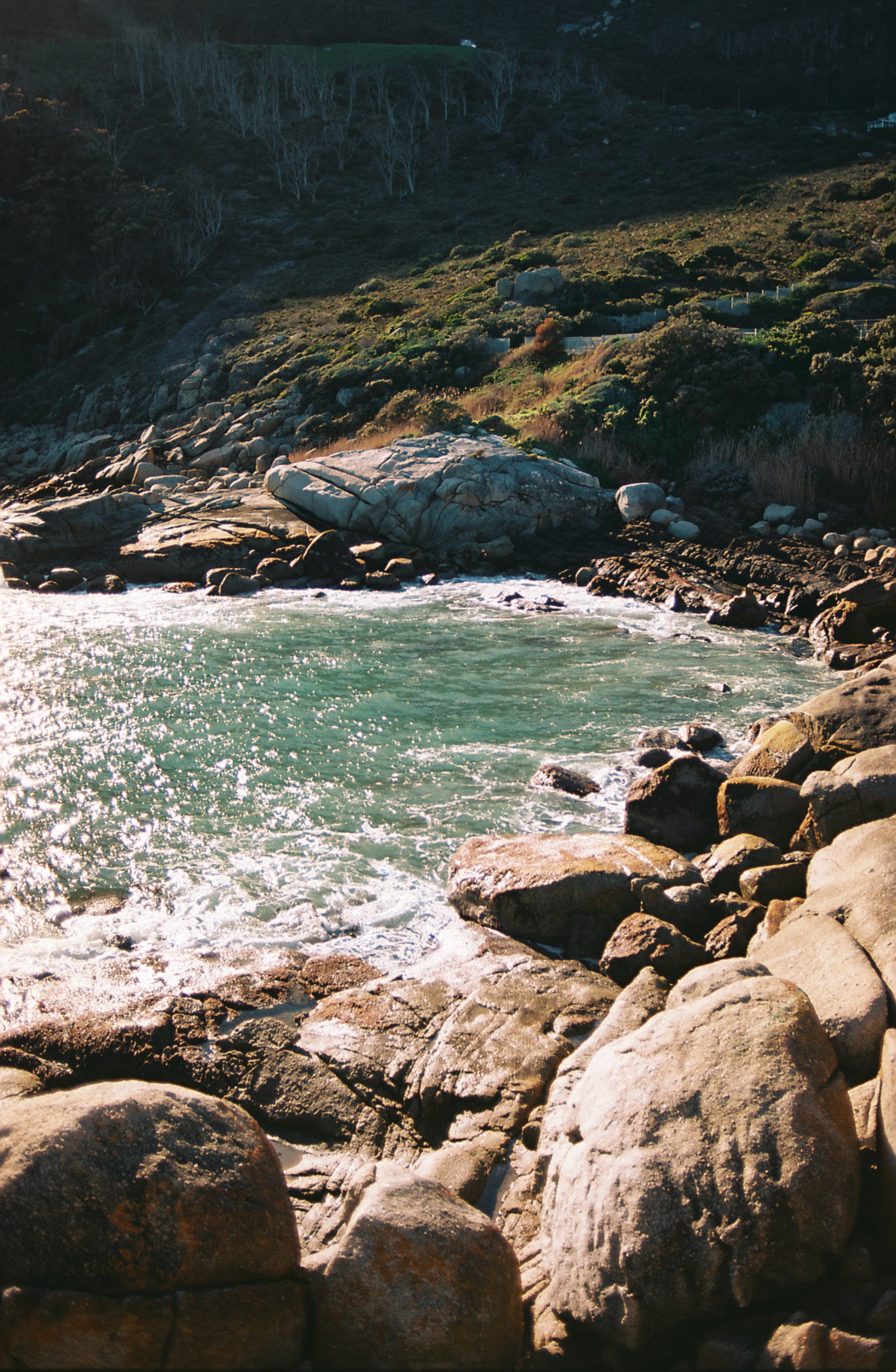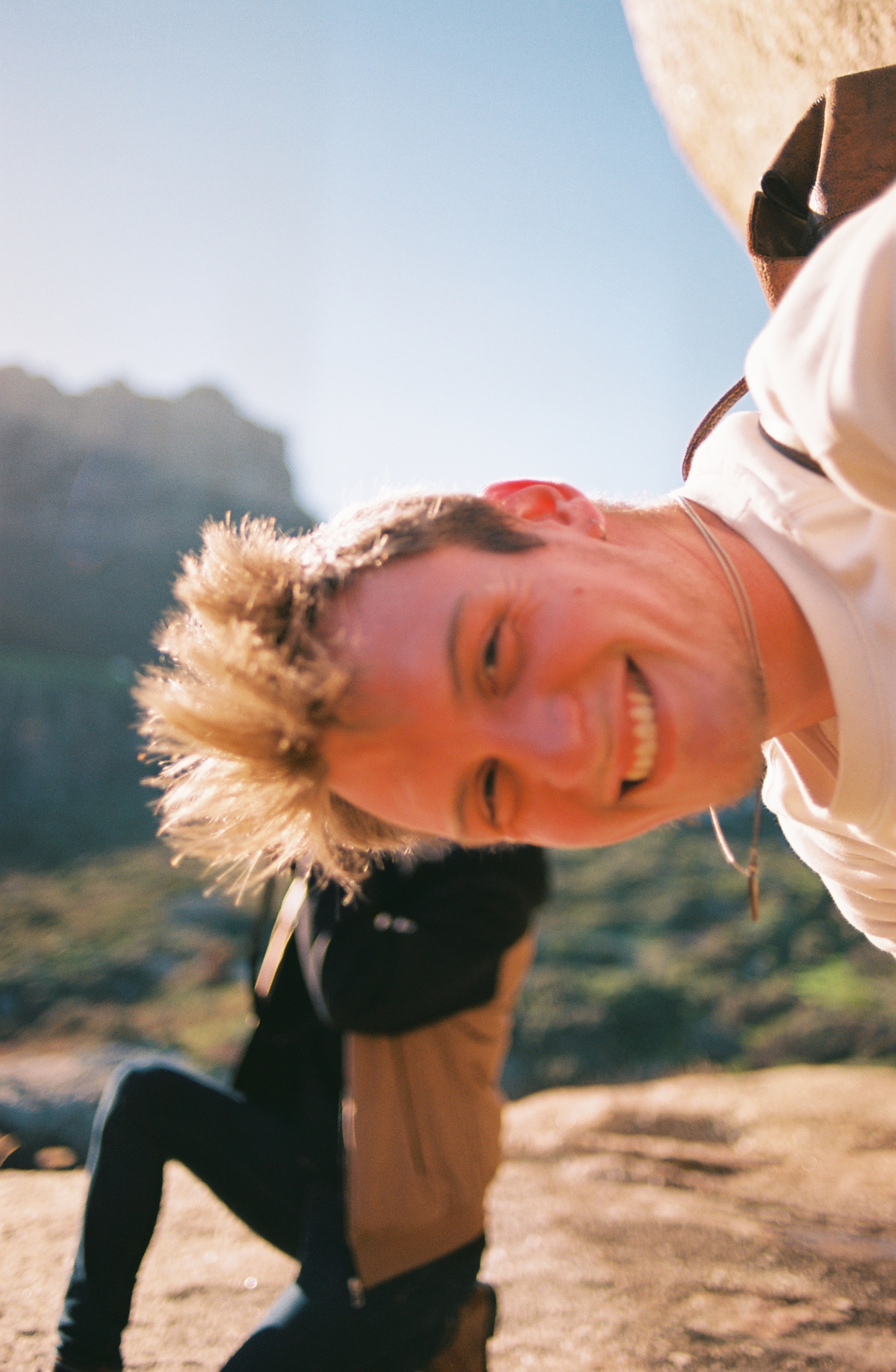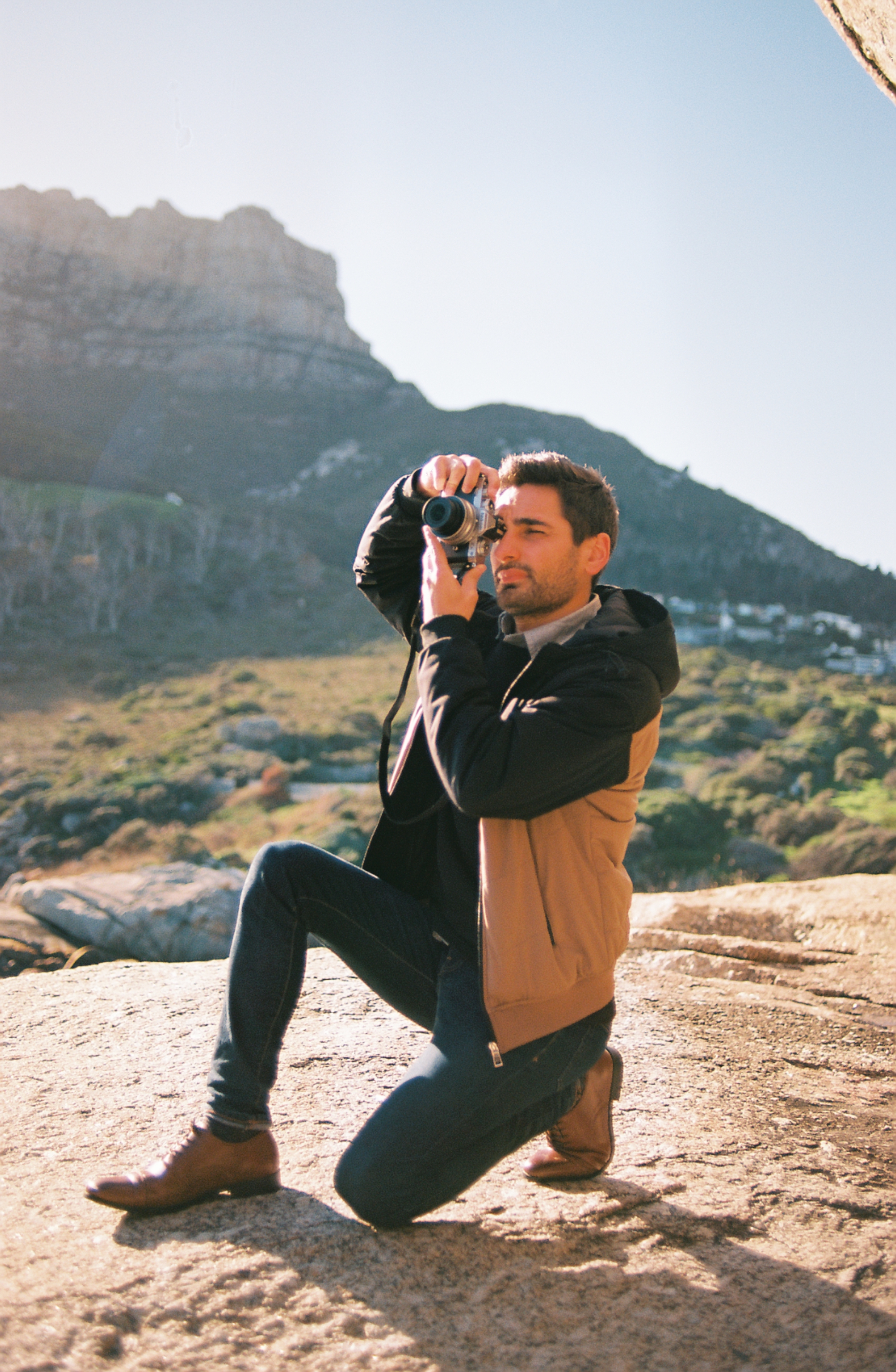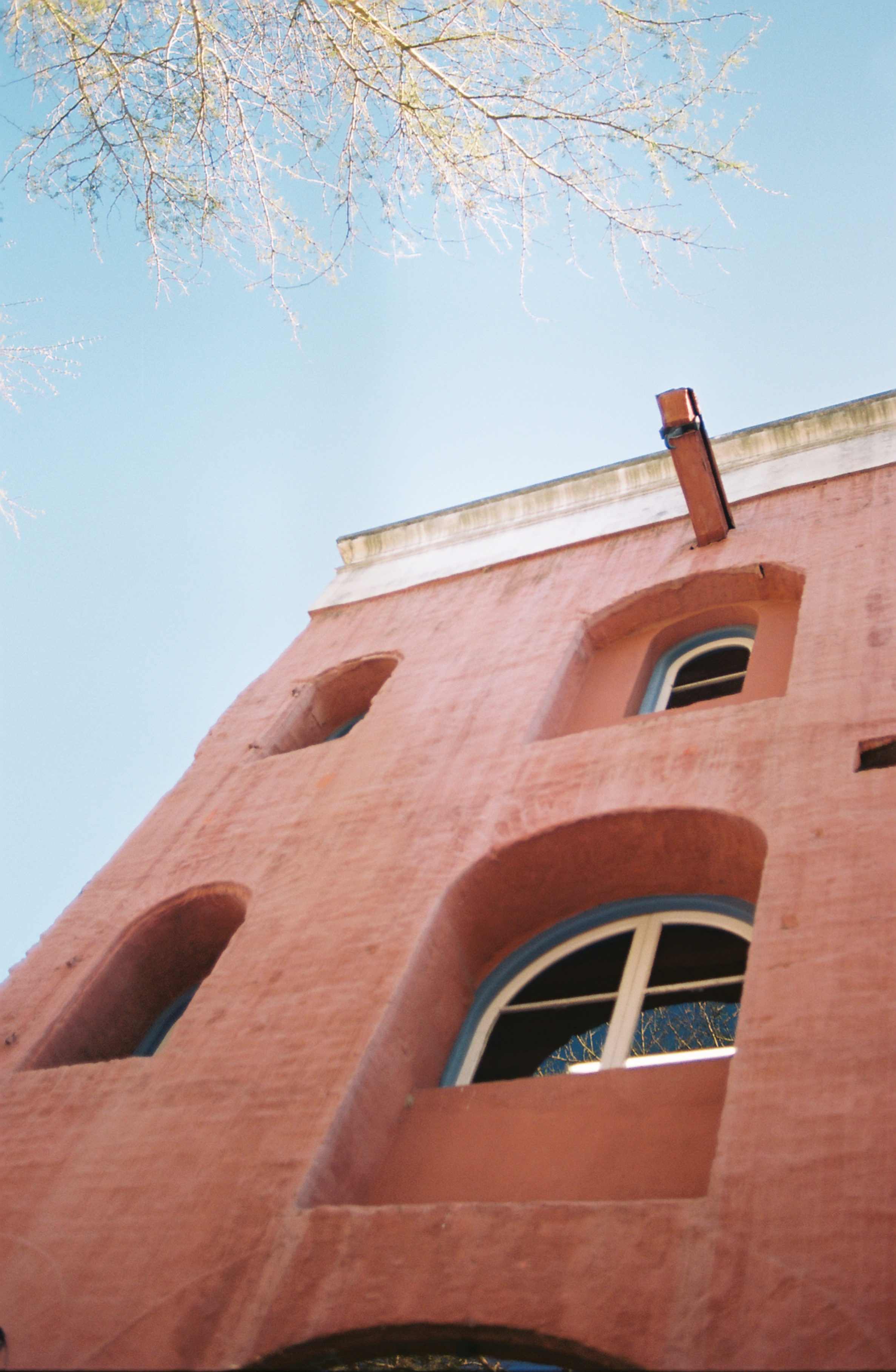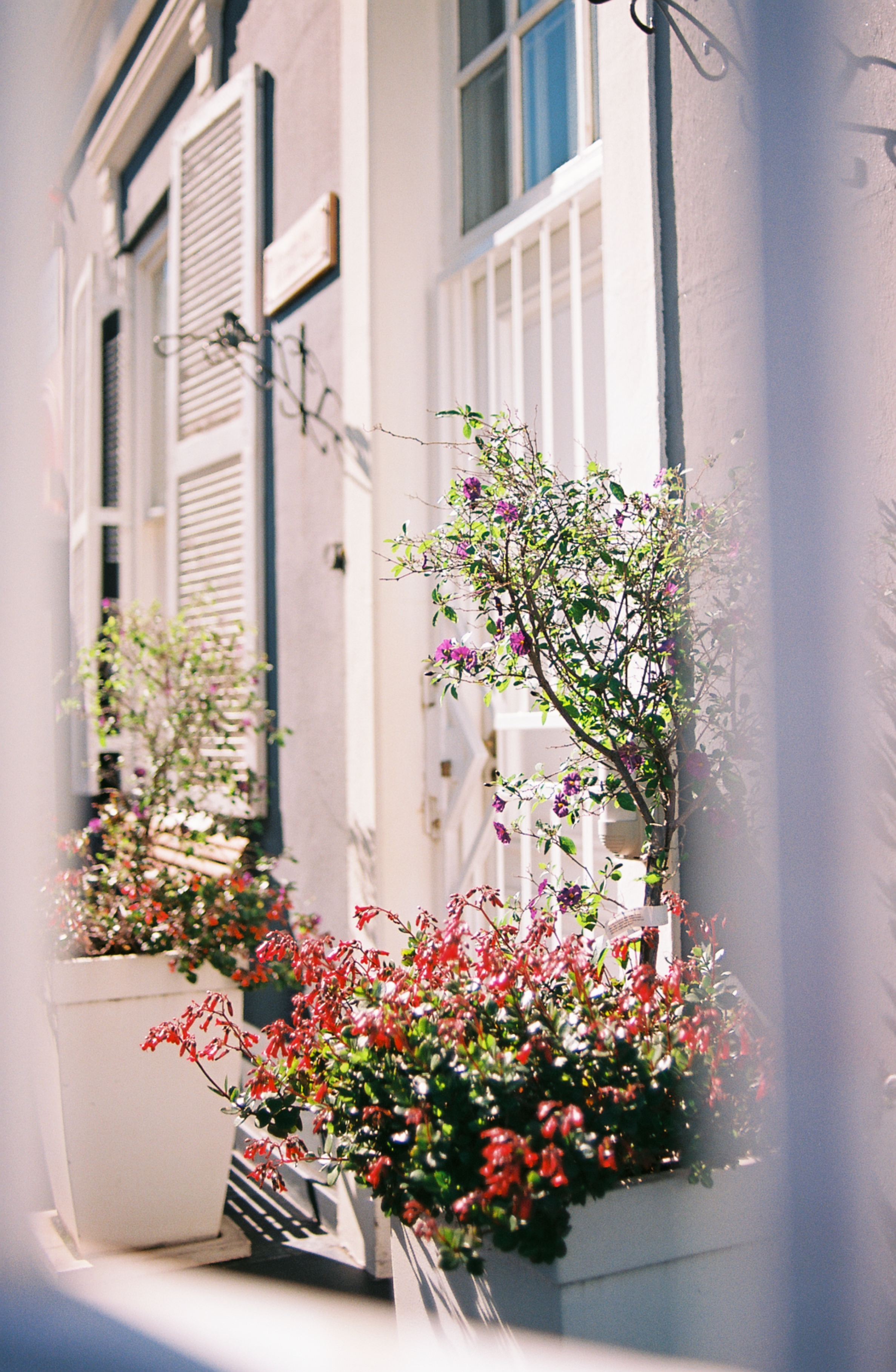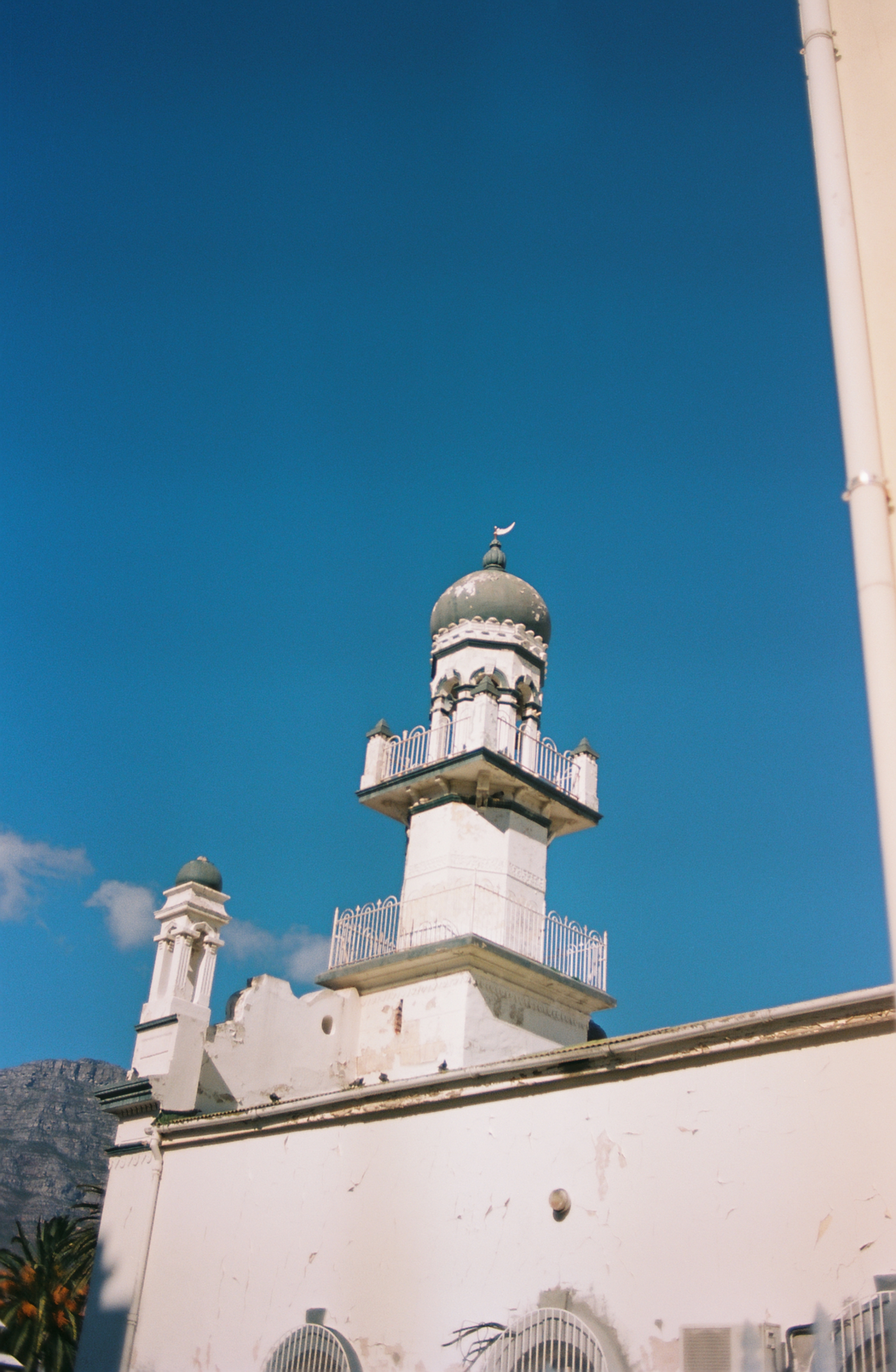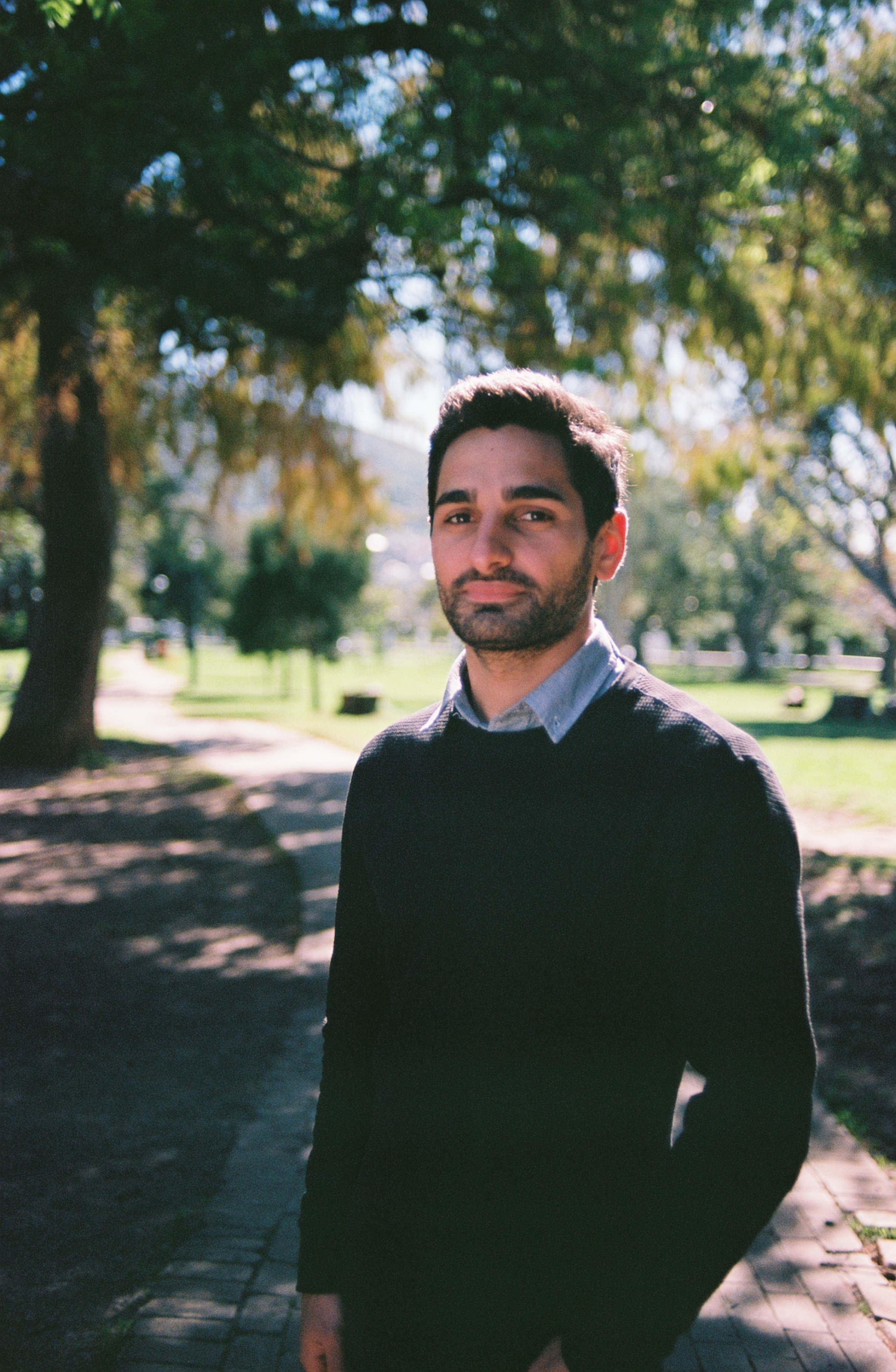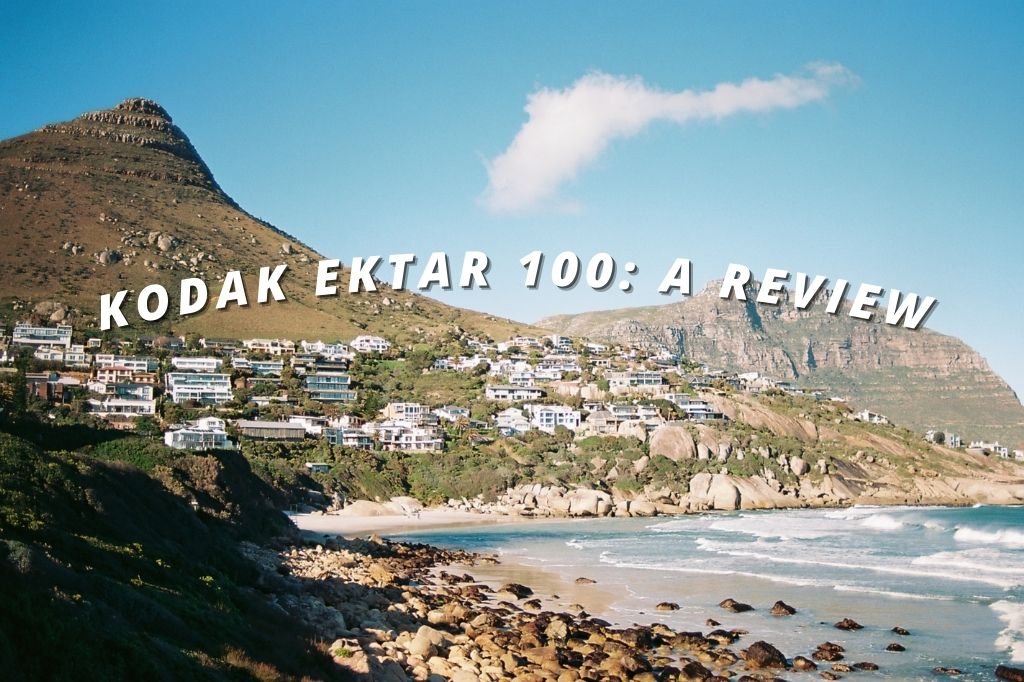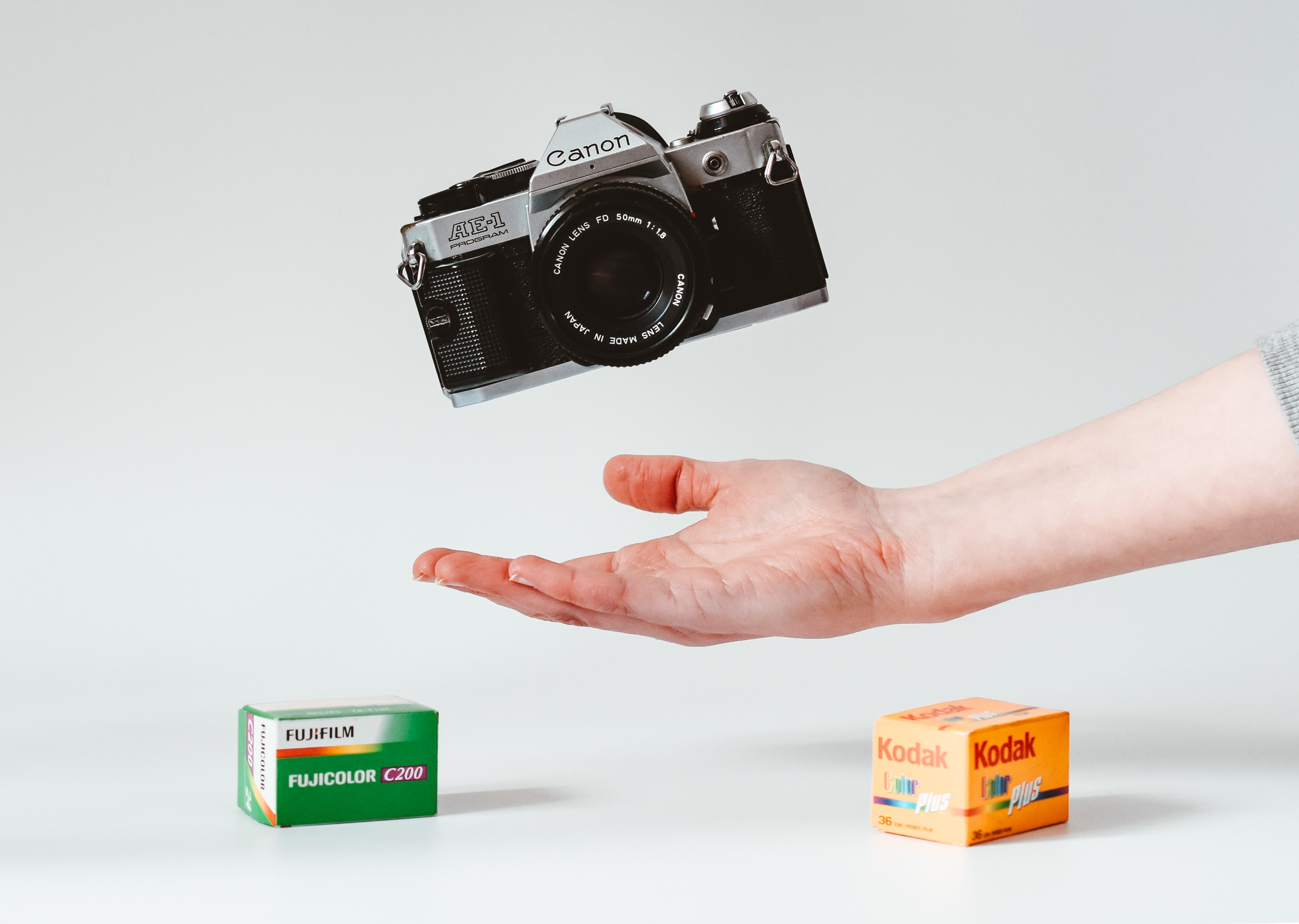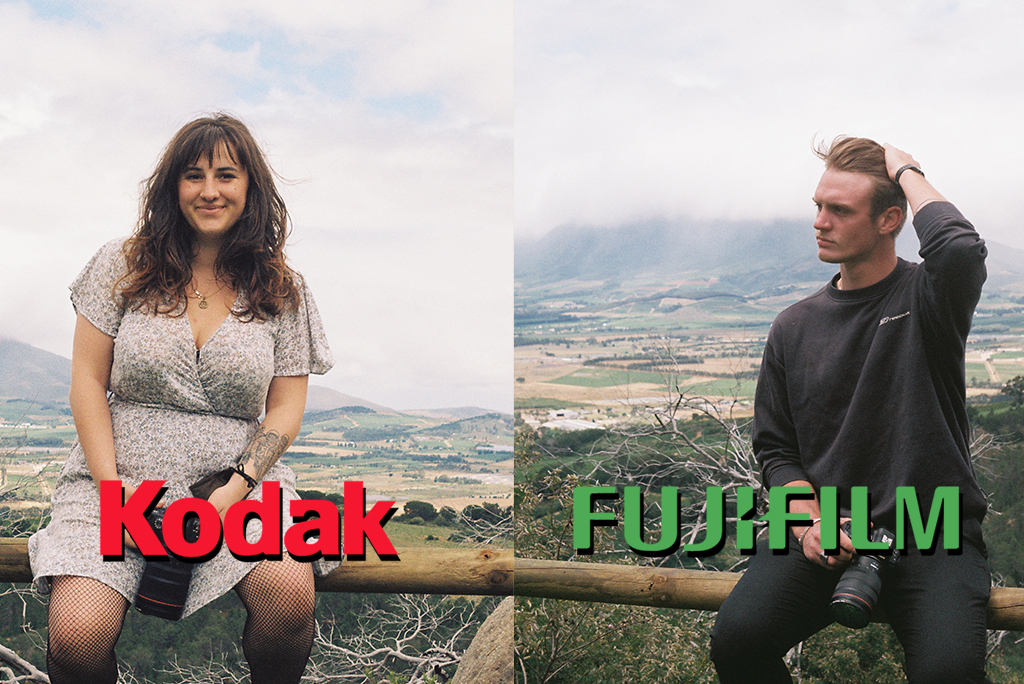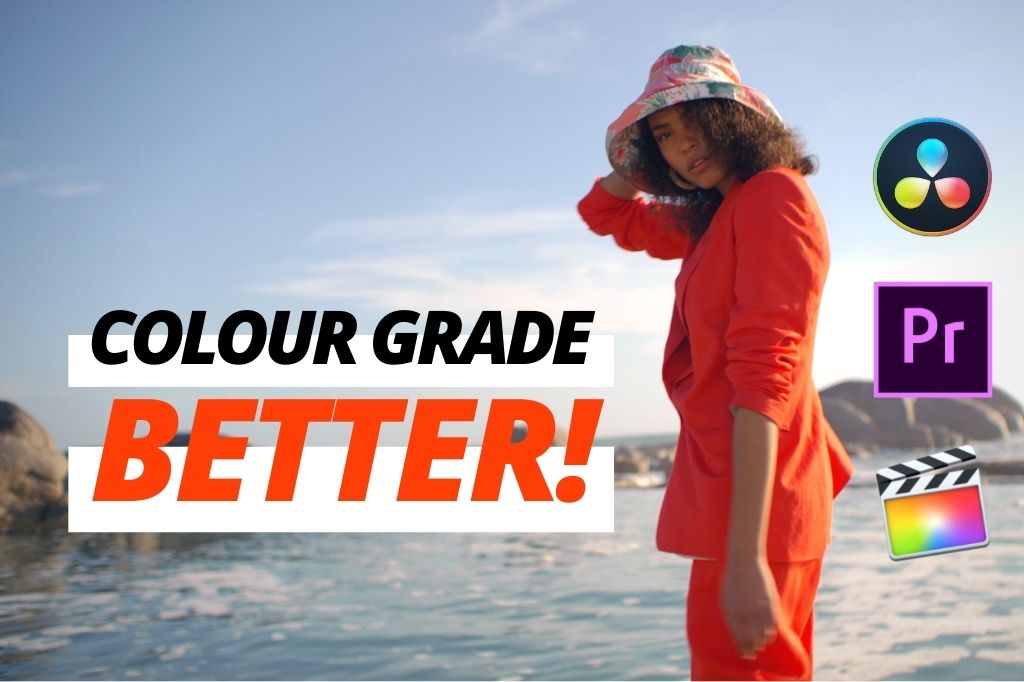Welcome, fellow analogue enthusiasts, to this (somewhat biased) opinion piece on the 35mm film stock sensation that is the incredibly special Kodak Ektar 100.
For those who haven’t come across the Orms Connect Blog or OrmsTV YouTube Channel before, my name is Jess. I’ve been a member of the creative team over here at Orms for more than three years, and it is no secret that I am somewhat obsessed with film photography. Outside of a professional context, I have been shooting exclusively on film since 2019, and I often make videos about my favourite film stocks on OrmsTV.
While I love my super affordable and unintimidating film stocks like Fujicolor C200 and Kodak ColorPlus 200, Ektar is my go-to for those shoots when I really feel like treating myself.
Kodak Ektar 100 is a semi-professional colour negative film, delivering a standard 36 shots per roll. While I have only ever shot with it in its 35mm format, it is also available as a 120mm roll. It has an equivalent ISO speed of 100, meaning that it is best suited to well-lit shooting conditions with plenty of available light. As with all of the film stock we have discussed on our content channels so far, it is daylight balanced to 5500k, so you’ll achieve the most pleasing and accurate results when using natural light either indoors or outdoors.
Ektar 100 has its origins in the 1930s, when it was known as Kodak Ektar TessAR, and used primarily as a cinema film stock. It was introduced to the market in 1989 as a semi-professional film stock in both 35mm and medium format form. Ektar 100 was specifically crafted to offer ultra-fine grain. In fact, when it was relaunched in September of 2008, Kodak touted it as having the finest grain of any colour negative film. It is speculated that this characteristic is due to its low 100 ASA light sensitivity, and high levels of saturation.
More on that remarkably punchy saturation and high levels of contrast. Ektar’s colour pop across the entire spectrum of hues is renowned. Kodak included Optimised Emulsion Spectral Sensitivity Technology and Image Modifier Chemistry in Ektar 100. These two features mean your images will contain incredibly vibrant and natural colours, being absolutely crystal clear and generally representing exactly what the camera captured.
In addition to its renowned fine grain, Ektar 100 delivers undeniably high image quality and acute sharpness that I have not seen matched in any of the other film stocks that I have experimented with to date. There is no haze or dimness: provided the focus is sharp and the image is properly exposed, my shots are always remarkably crisp and detailed. This is largely thanks to Kodak’s integration of Advanced Cubic Emulsions that optimise image sharpness, and Proprietary DIR Couplers which provide fine detail and distinct edges in your images.
Because of all these characteristics, Ektar 100 is beloved by commercial photographers. This also makes it incredibly versatile, being suited to capturing most subject matter, from fashion to products, and nature to travel photography. Its sharpness does make it ideal for shooting landscapes, however.
It must be mentioned, however, that this film stock does have its drawbacks. It does not have a wide exposure latitude, largely due to the fact that it is a slower speed film. This means it cannot handle incorrect exposure or difficult lighting environments as well as other Kodak film stocks. Incorrect exposure causes colour shifts. With underexposure, the colours quickly become muddied, while overexposure will cause them to be very washed out and pastel-like. Additionally, without very even and careful exposure, your skin tones can come out very red or magenta, meaning it is a trickier choice for portrait work.
Ektar 100 is not the film stock I would recommend for beginner analogue shooters. This is due to its exacting relationship with exposure: if you don’t nail your exposure every time, you are likely going to get an undesirable result that is very difficult or totally impossible to correct in post-processing. It is also in the more expensive price bracket, retailing for around R215 a roll. This means that the cost quickly becomes a problem if you have to shoot through a lot of rolls to get consistent results, which often happens when you’re a newbie. Finally, inexperienced film photographers tend to take longer to shoot through their film rolls, likely meaning that they are dealing with a variety of different shooting conditions while making their way through one roll. Ektar is not well suited to this scenario, as it requires consistent lighting in order to perform at its best.
For my baby analogue shooters out there, go for something more forgiving, versatile and cost-effective like Fujicolor C200, Kodak Gold or Kodak ColorPlus and get comfortable with those options before trying something a bit more difficult like Ektar.
